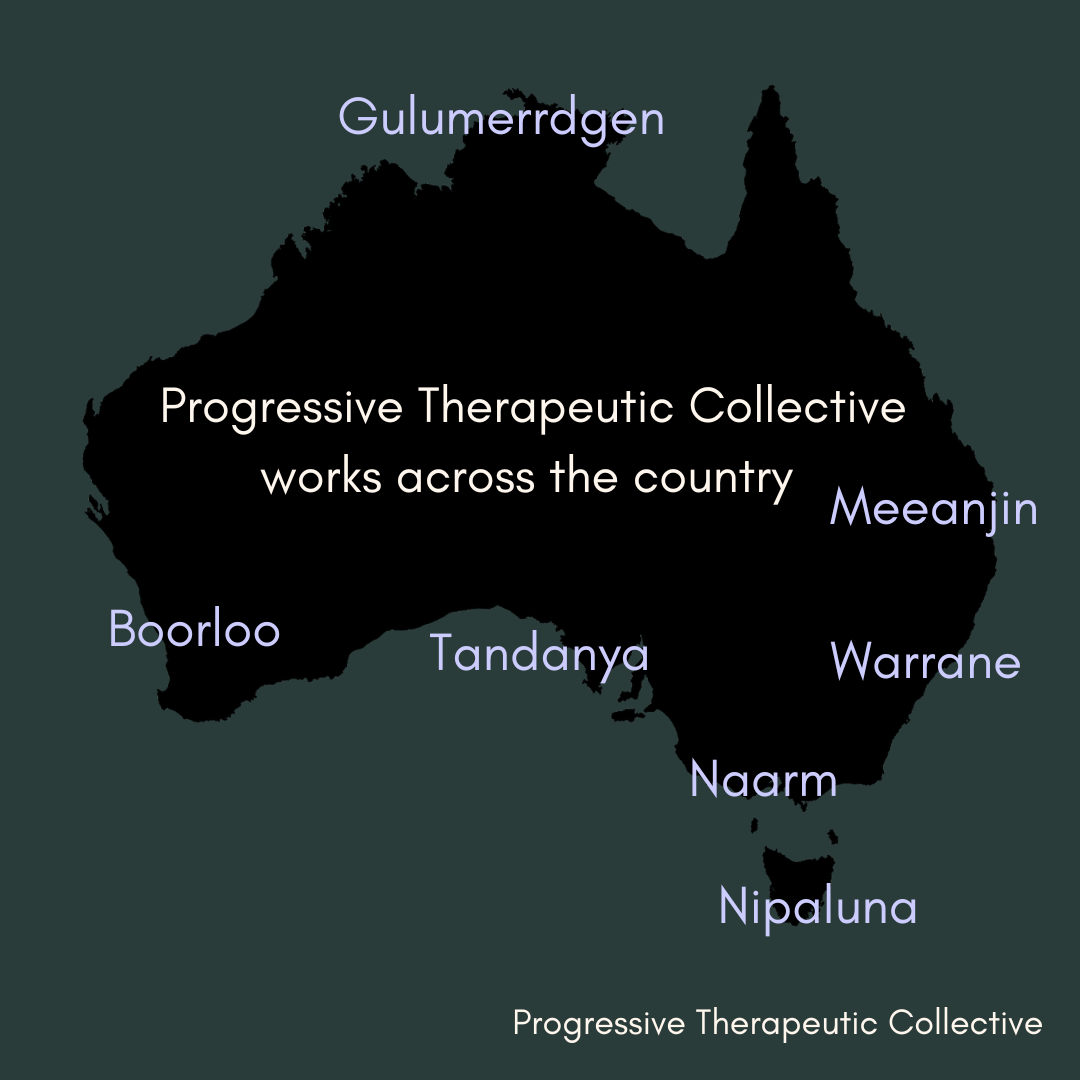Queer theory, in a therapeutic context
Progressive Therapeutic Collective in Boorloo/Perth, is a proudly queer-owned therapeutic practice. We work hard to provide a safe and inclusive space for everyone in our community.
Queer theory is a framework that challenges the traditional notions of gender, sexuality, and identity. It is a theoretical approach that helps us understand the fluidity and complexity of gender and sexuality, and how these aspects of identity are shaped by social, cultural, and political forces. Queer theory has become increasingly relevant in therapy, where it is used to provide more inclusive and affirmative care to individuals who identify as queer.
Queer theory emerged as a response to the limitations of traditional theories of sexuality and gender. It challenges the notion that gender and sexuality are fixed and binary, and instead highlights their fluidity and complexity. It also recognises the ways in which gender and sexuality intersect with other aspects of identity, such as race, class, and ability. Queer theory is grounded in the belief that identity is not predetermined, but rather is constantly being negotiated and constructed through social and cultural processes.
Queer theory has significant implications for therapy, particularly in how it challenges traditional notions of pathology and normalcy. In traditional therapy, queer individuals were often pathologised, with their identities seen as disorders to be treated or cured. Queer theory recognizes the harmful impact of this approach, and instead advocates for a more affirmative and empowering approach to therapy. It encourages therapists to validate and affirm the diverse experiences and identities of queer individuals, rather than pathologising them.
Queer theory also recognizes the importance of the social and cultural context in shaping the experiences of LGBTQ+ individuals. It highlights the impact of discrimination, marginalisation, and stigma on the mental health of LGBTQ+ individuals, and encourages therapists to address these issues in therapy. This includes working to challenge and dismantle the systemic barriers that LGBTQ+ individuals face, such as homophobia, transphobia, and heteronormativity.
In practice, queer theory in therapy involves a number of strategies and techniques. These may include:
Affirming language: Using affirming language that recognizes the diversity of gender and sexuality, and avoids pathologising or stigmatising language.
Intersectionality: Recognising the ways in which gender and sexuality intersect with other aspects of identity, such as race, class, and ability.
Deconstruction: Challenging the traditional binary constructions of gender and sexuality, and recognising their fluidity and complexity.
Social justice: Addressing the systemic barriers and discrimination faced by queer individuals, and advocating for social justice and equality.
Empowerment: Empowering queer individuals to make choices about their own lives, identities, and relationships, rather than being defined by external norms or expectations.
Queer theory in therapy can help queer individuals to feel validated and affirmed in their identities, and to develop a more positive and empowering sense of self. It can also help to challenge the systemic barriers that queer individuals face, and to advocate for social justice and equality. As such, queer theory is an important framework for therapists working with queer individuals, and can help to promote more inclusive and affirmative care

